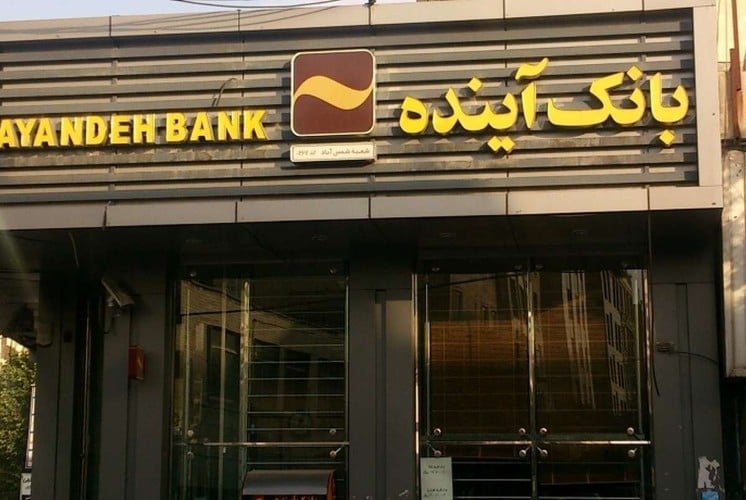With Bank Ayandeh dissolved and others facing insolvency, Iran’s fragile banking network is teetering under mounting debt, hidden losses and state secrecy.
The official dissolution of Bank Ayandeh by Iran’s Central Bank marks one of the most serious financial failures in the regime’s recent history.
As authorities begin transferring 2.5 quadrillion rials of deposits and liabilities from Ayandeh to Bank Melli, reports suggest that at least five other major banks – Sepah, Sarmayeh, Day, Iran Zamin, and Mellat – are also facing severe financial imbalance, Iran News Update website reported.
Farshad Mohammadpour, the Central Bank’s deputy for supervision, justified the move by stating that the bank’s imbalance was ‘irreparable’ and that Ayandeh had created a ‘false and dangerous image of the entire banking system’.
Under international Basel banking standards, a capital adequacy ratio of at least 8pc is required for a bank to withstand financial shocks.
Yet, Ayandeh’s ratio had dropped to nearly –350pc, meaning the bank had no actual capital base and was effectively operating on borrowed deposits.
All of its liabilities are now being transferred to Bank Melli, one of the country’s largest and most politically significant financial institutions.
But the crisis extends far beyond one failed bank. Central Bank figures show that out of Iran’s 29 licensed banks, at least 18 fall below the 8pc capital adequacy threshold – placing them in a fragile or failing position.
Eight banks, including Sepah (–23.2pc), Iran Zamin (–21pc), Day (–53.5pc), Sarmayeh (–328pc), and Ayandeh (–360.5pc), report negative capital ratios, effectively rendering them bankrupt.
With over 42 million customers, the potential collapse of Sepah or another major lender could trigger a chain reaction across the entire financial sector.
Low capital adequacy means these institutions lack the resources to meet depositor obligations, posing a severe risk to the savings of millions of Iranians – an issue the regime continues to obscure from the public through financial opacity and censorship.
In many countries, the failure of even a medium-sized bank can destabilise markets.
In Iran, the simultaneous collapse of multiple large banks looms as a systemic risk.


&uuid=(email))